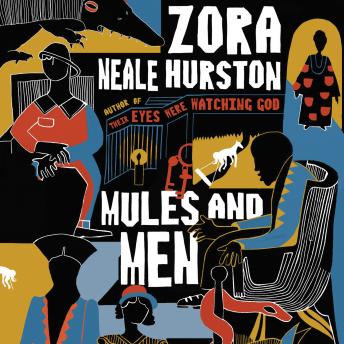

However, the voice could equally be that of an adult, because who can’t look back upon teachers or other early mentors who gave of themselves and offered their pupils so much? Indeed, some of the self-aware, self-assured expressions herein seem perhaps more realistic as uttered from one who’s already grown. This gentle ode to a teacher’s skill at inspiring, encouraging, and being a role model is spoken, presumably, from a child’s viewpoint. (This book was reviewed digitally.)Ī paean to teachers and their surrogates everywhere. His author’s note gives readers the backstory regarding how the tale was told to Hurston. Kendi expertly distills this word-of-mouth tale for young readers with direct quotes from Hurston’s book and uses the African American vernacular, as Hurston did. Just as folktales are greatly exaggerated, so are Yangni’s brightly colored butterflies and flowers that flow throughout, similar to the tale’s narration. Rendered in acrylic paint, pencil, pastel, and Adobe Photoshop, the artwork creates an eye-catching collage of images in every spread. And so we have butterflies, which come in various colors and sizes. As the scraps fly through the skies, the Creator calls them “flutter-bys,” but they are misheard, and the people refer to them as butterflies instead. So the Creator grabs their shears and snips pieces off everything-the sky, animals, plants, and more. However, before the Creator’s work is finished, the flowers complain of being lonely. Bored, the Creator begins to make flowers and plants, which grow every which way.

The Creator-a Black, childlike, winged person-stares upon a newly created Earth. Following Magnolia Flower (2022), Kendi retells another work by Hurston, this time a tale of how butterflies were created, from her folktale anthology Mules and Men.


 0 kommentar(er)
0 kommentar(er)
